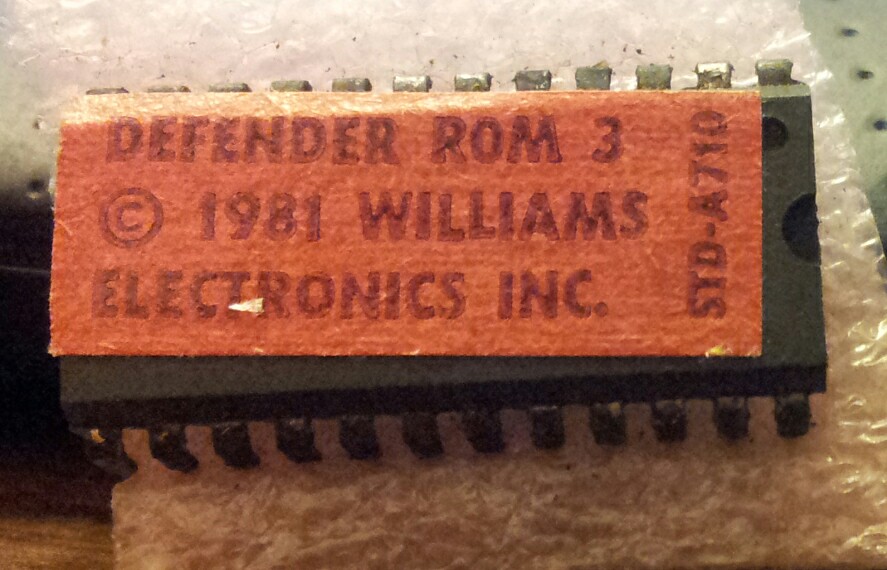After using up some spare time over the period of a few weeks, I finally finished going through the parts bin of ICs and inventoried them. Right now it’s a big long list in a Google Drive spreadsheet.
I don’t know what most of them do, have no idea if any of them are still functional and probably won’t ever use any of them, but I did have fun going through them, digging up datasheets for them and reading the descriptions for each of the chips. Datasheets for most of them were pretty easy to find, while a few others I had to dig a bit. There were a handful that I wasn’t able to find anything on.
About a half dozen of the bins had EEPROMs in them, which I ignored for the most part. One bin had a stash of 555 timer chips that could find some use in a project if they work. There are CPUs, digital logic gates, op amps, buffers, registers, counters, even some RAM chips. If I had the know-how, I’ve probably got just about everything I need to assemble a simple computer based on the Z80 CPUs I found in the bins.
One interesting find in one of the bins was this Defender ROM.
Absolutely no idea if it’s any good, but it would be neat to plug into a Defender console and see if it does work.








